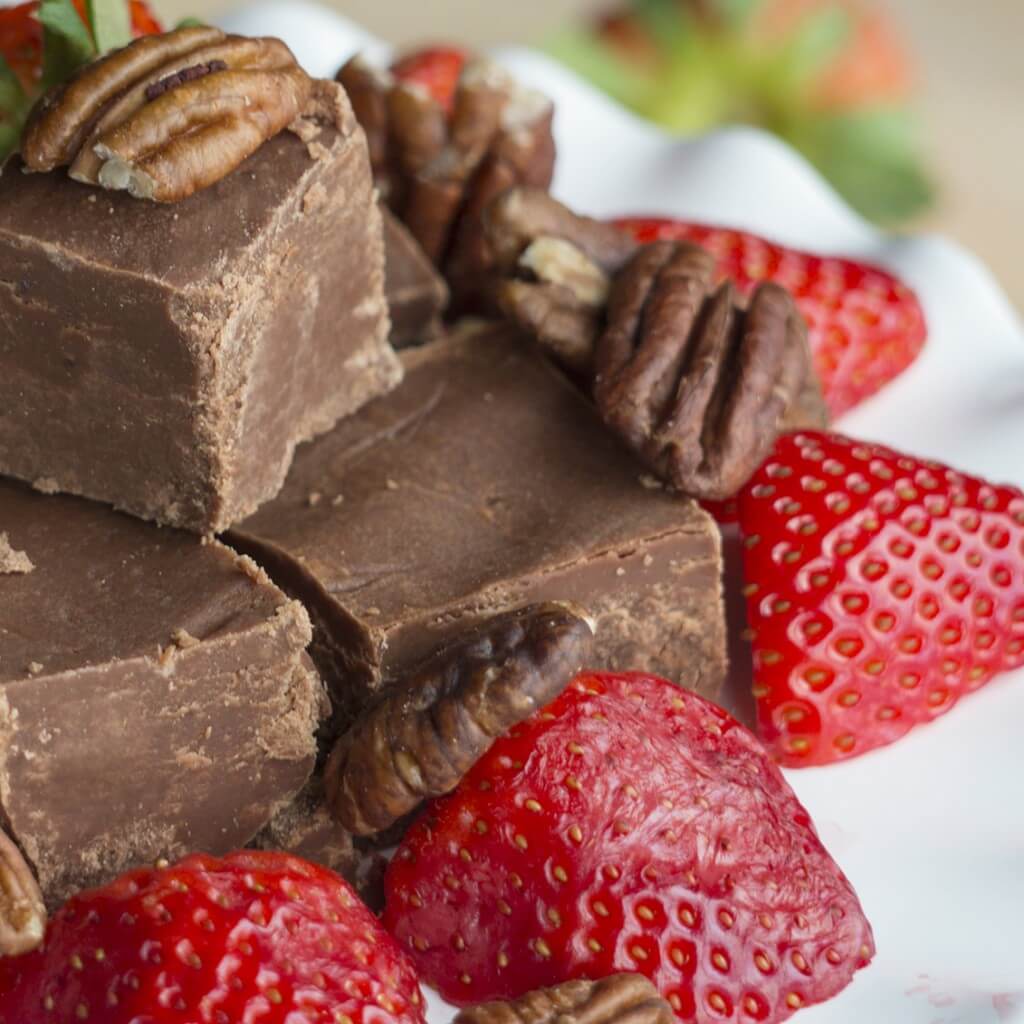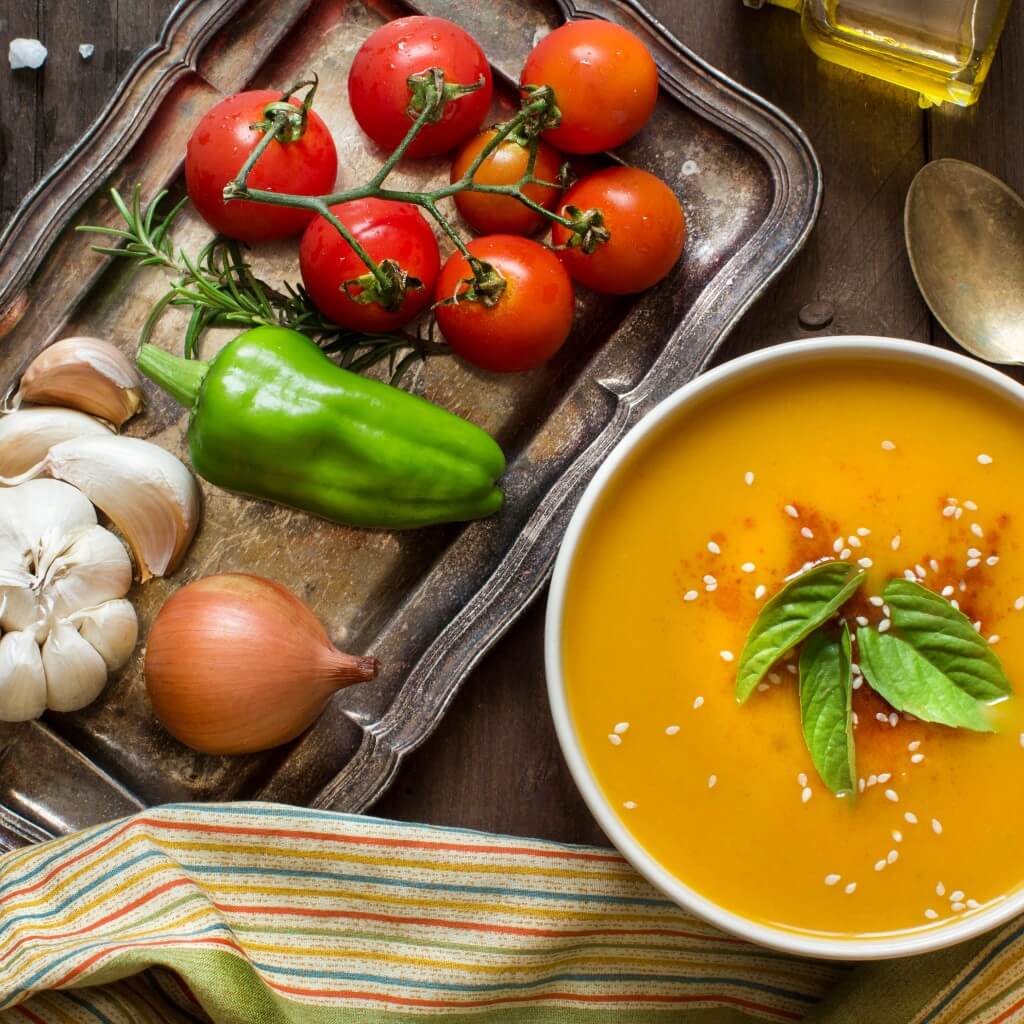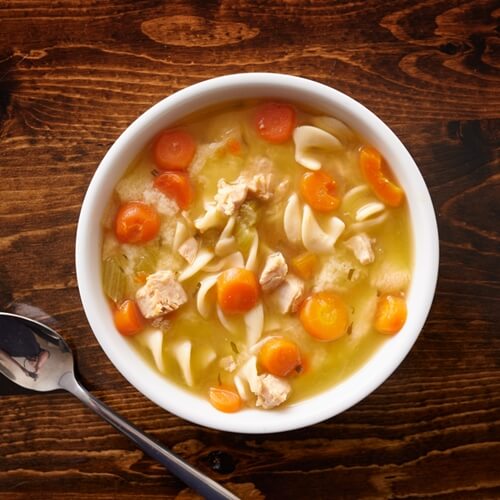Tips For Irresistible Food Photos
Whether you are writing your own food blog or just love posting pictures of the dishes you make in culinary academy via social media, you want your food to look good. It’s becoming easier than ever to take high-quality photographs and share them with the world. With a few simple tips, you can ensure that your meals look as delicious as they taste.
1. Get the lighting right
Attaining the proper lighting is one of the most important and challenging parts of taking excellent photos. This is especially true when you are trying to convey the texture of your dinner. Avoid using your camera’s flash, which is far too harsh for a delicate subject like a delightful souffle.
As Photojojo explained, indirect, natural light is the best choice. If possible, set the food near a window with sunlight coming through a white curtain. Position the plate so the light hits it at a slight angle to avoid unwanted shadows. For those times when there is not sufficient natural rays, a fluorescent tabletop light can get the job done. If you discover that food photography is your passion, you may even want to invest in a set of studio lights, along with a softbox attachment that has an effect similar to indirect natural lighting.

2. Set the scene
Consider what setting will work best to accentuate the dish you are photographing. Choose a simple background that will not distract from the main attraction, like a tablecloth or placemat. You can make the setting more interesting by using accessories like napkins and utensils in complementary colors. Set the food on a small, round plate, avoiding odd shapes that can take attention away from the meal itself.
National Geographic photographer Penny De Los Santos recommended presenting the food in a way that tells a story. For instance, by creating a food landscape with several different dishes on a table, you suggest the feeling of sitting down to enjoy that meal. You can involve viewers in the image with elements that imply movement, like used silverware and stray crumbs.

3. Compose the shot
Shot composition determines what a viewer focuses on when looking at the photo. When it comes to pictures of food, you want to set up the shot so the tasty item you prepared is first and foremost in the field of vision. In some cases, you may zoom in closer, accentuating a single aspect of the dish, such as the cheese on a sandwich.
Serious Eats explained that the rule of thirds is a useful principle. This means that you think of a photo as split into a grid of nine squares. The most important subjects should be placed along the lines on the grid or at intersections. Take several photos with slight variations so you can choose the most effective composition.
As you learn more about composition and lighting, your food photography will show off all that you have learned in online cooking courses. Documenting your development as a chef is not only fun, but also it will help you continue to grow as you master new dishes and techniques.


